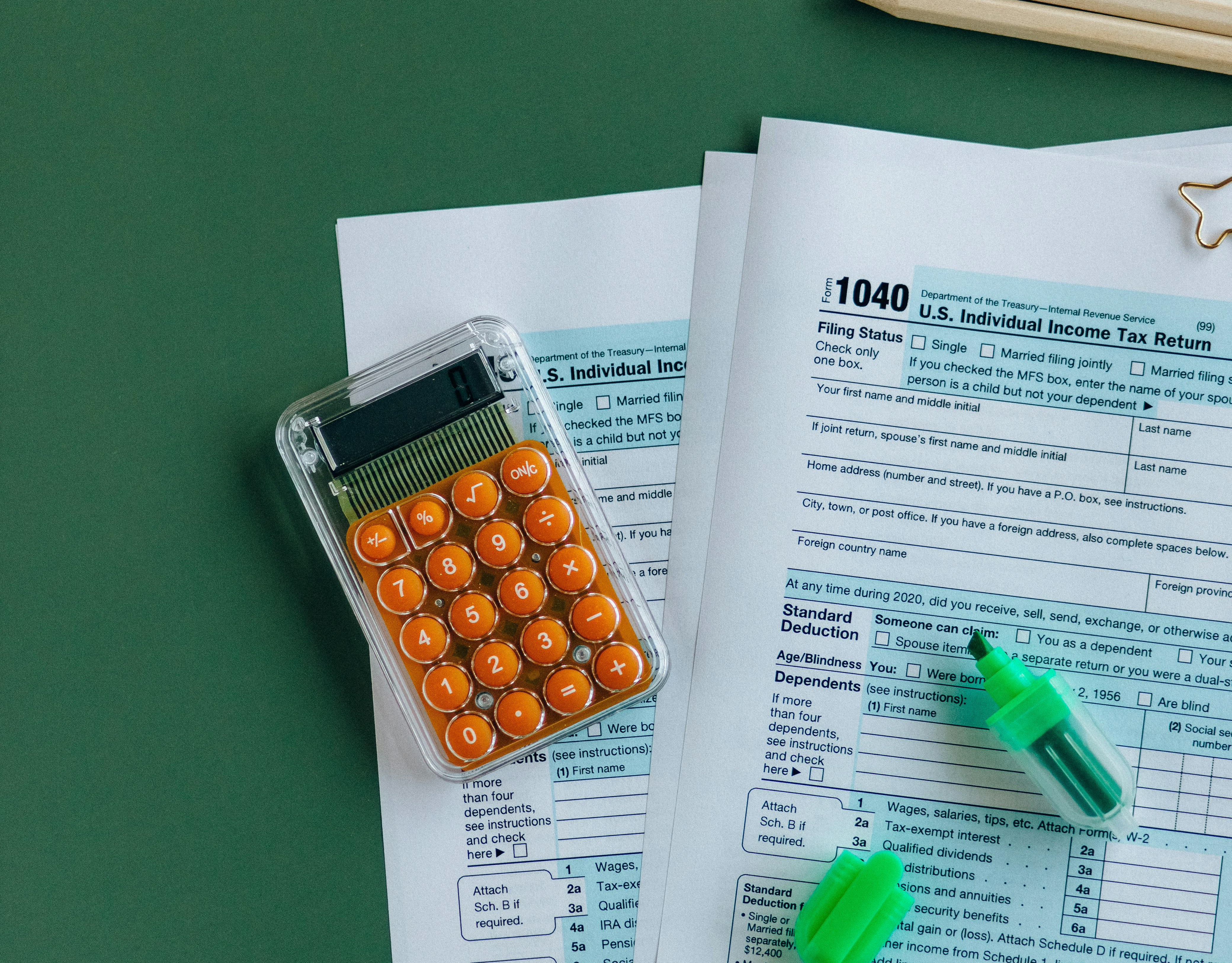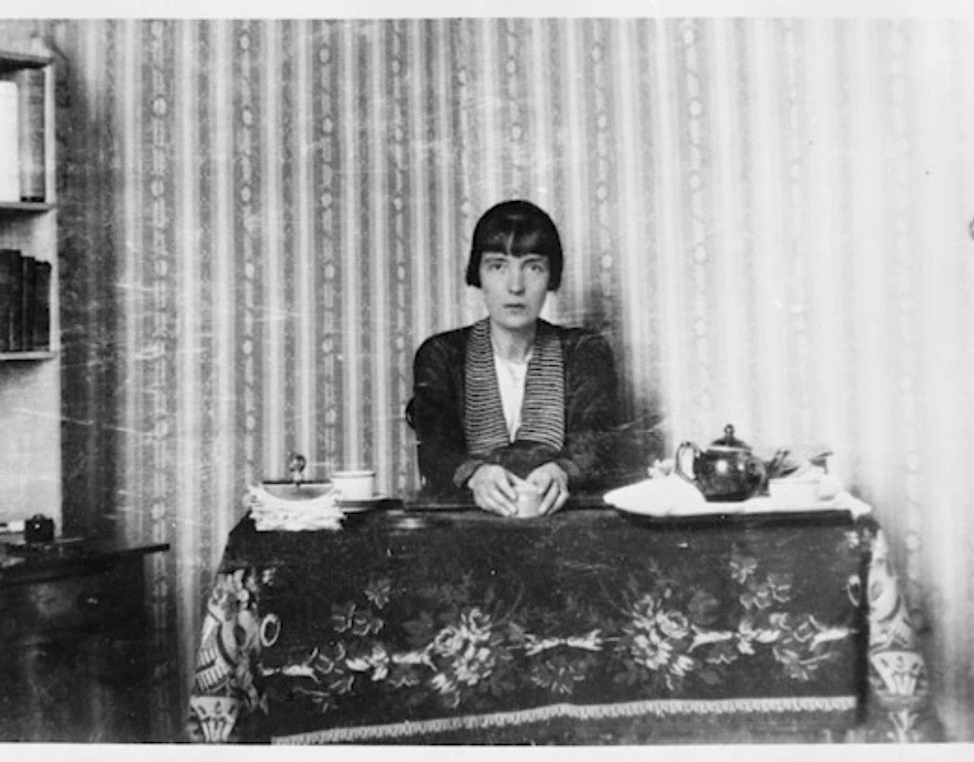An office table with an array of yellow sticky notes representing corresponding themes to interview quotes printed on white paper cutouts.
Project overview
At Code for America, I led various projects for GetYourRefund, a digitized intake form that gathers basic information so volunteer tax experts could better understand their clients and specific tax needs.
Sometimes clients didn’t upload enough documentation needed to verify their identity. This created a bottleneck in the backend client management system where clients who uploaded all their necessary documents were mixed with clients who had not.
Volunteers had to manually sift through various cases they couldn’t serve, creating longer wait times.
Research questions: "How might we...?"
How might we design a more efficient client filter that...
1.) Allows time for clients to gather documents and not feel "rushed"?
2.) Reduces burden on VITA volunteers who manually sift through a backlog of clients, especially during the busiest times of the tax season?
Research methods: Interviews with subject matter experts
Phase 1
I drafted a semi-structured discussion guide and interviewed both volunteer tax preparers and intake workers to understand what an idealized "prepared" client would look like. These interviews consisted of:
Two rounds of Subject Matter Expert interviews:
Week 1: Interview tax preparers
Week 2: Interview intake workers
When clients go through the GetYourRefund service, they meet intake workers first before tax preparers. Dividing subject matter expert interviews between two knowledge domains allowed me to organize data by the kinds of requirements necessary for both groups.
Phase 2
Analyze and synthesize findings from both group interviews using Condens.io and code transcriptions from each interview with a first pass of insights.
I present these preliminary insights with the team as a "sanity check" for both myself and the team. These were presented at biweekly "client experience share out" meetings.
Gathering the team allows me to "show my work" and gain feedback from them. They often shine light on things that may have needed clarification or add helpful feedback for possible product interventions.
It also prepares product managers to understand any features that may be needed in the next sprint. Then, we discuss possible product interventions that are viable from a team perspective and meet the needs of volunteers.
Phase 3
Bring back insights to select volunteers for validation. Communicate validated insights to the product team and deliver an MVP for a new client sorting method.
Phase 4
Test and iterate again after following up with select volunteers after the tax season.
User insights
We can determine who is actually “Ready for Review” by asking clients to provide three essential documents:
1.) Client ID/Driver's license
2.) SSN/ITIN card
3.) Client selfie (for verification)
Re-categorizing clients by how many documents out of the required 3 will reduce cognitive load for volunteers so that they can move clients faster in the process.
We added a percentage number next to each case and a "Ready for Review" category where all clients who've met these requirements are automatically entered.
Clients with all three documents will be placed in “Ready for Review”. Clients who have uploaded 1 or 2 of the required documents will be routed to the “Needs (ID) Doc Help” status.
Clients who haven’t uploaded any documents will be routed to the appropriate status, “Not Ready”. It will also ensure clients have shorter wait times and get the appropriate level of help needed.
Tools used
1.) Airtable - Recruitment and participant management.
2.) Zoom - To conduct and record interviews, meetings with team members.
3.) Condens.io - Transcription, text data storage, and analysis.
4.) Figma - To brainstorm and synthesize findings.
5.) Google Slides - To create final deliverable.


